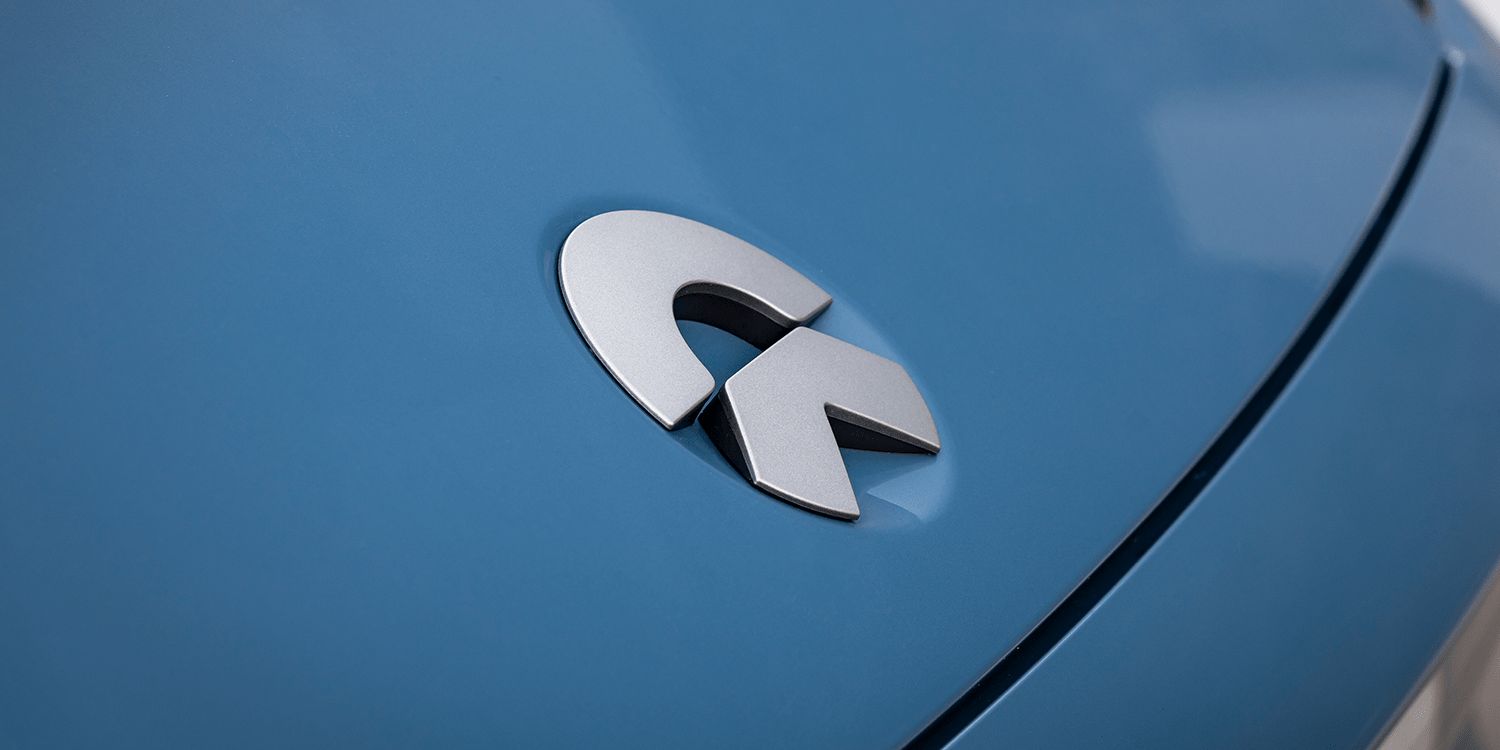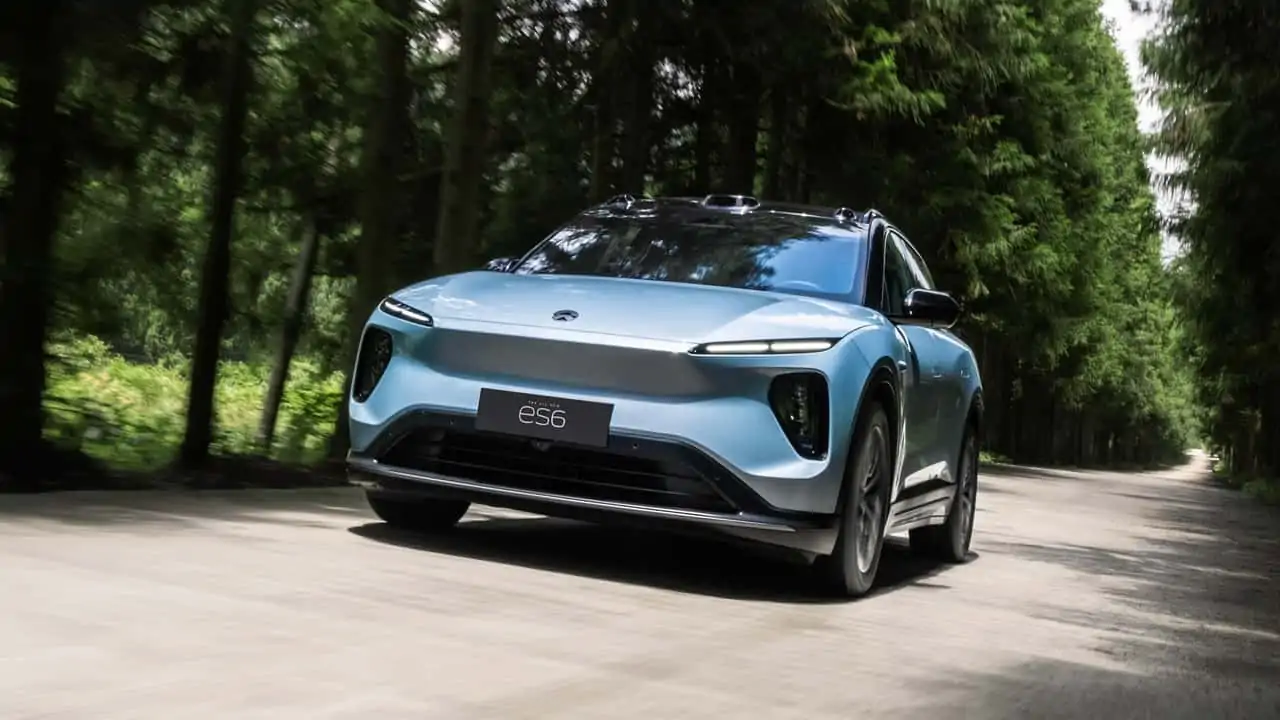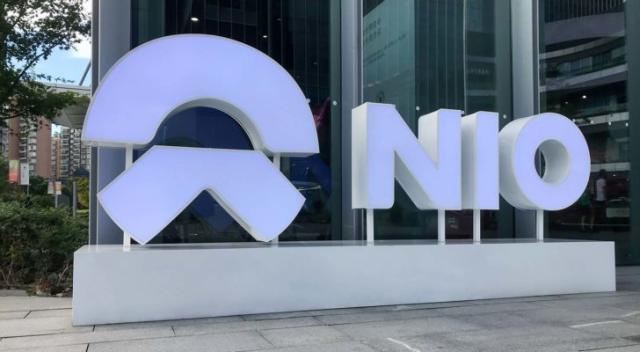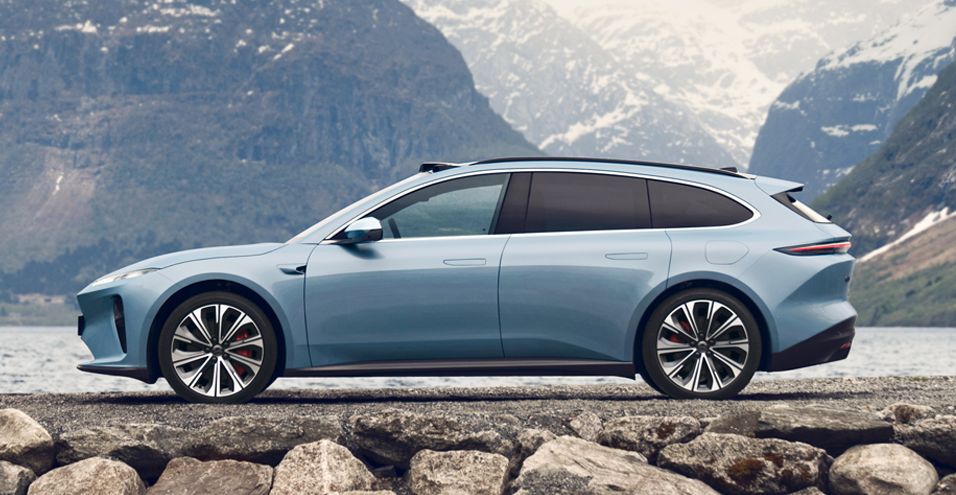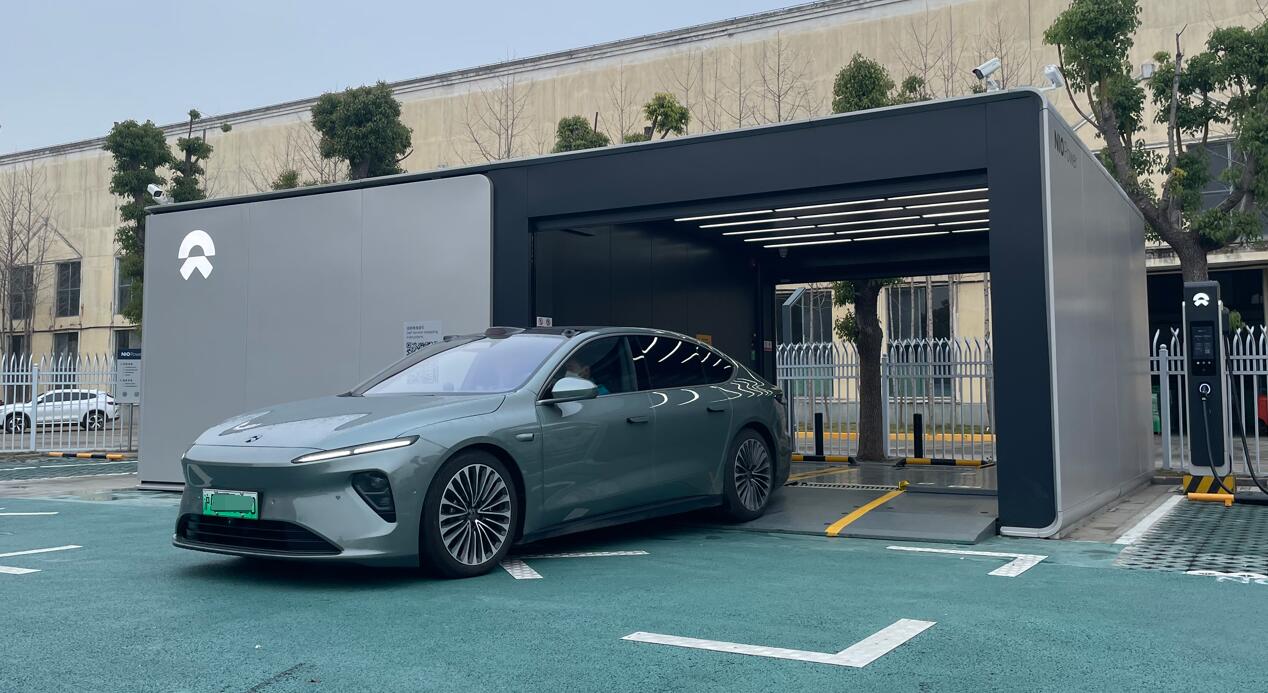Chinese electric vehicle (EV) manufacturer Nio has unveiled plans for organizational optimization, involving a reduction of approximately 10 percent of positions and the consolidation of duplicate departments and roles. Speculation surrounds a sub-brand program codenamed Alps, which will no longer operate as a standalone project. Instead, Alps team members will be integrated into various Nio departments, with some positions expected to be eliminated, according to information from Nio employees shared by automotive blogger @类星频道.
The organizational adjustments align with Nio’s founder, chairman, and CEO’s internal letter emphasizing the consolidation of duplicate departments and roles. The restructuring process is set to continue until June of the following year, following the completion of departmental and role consolidations.
Nio’s CEO, William Li, outlined the optimization plan in a letter dated November 3, citing principles such as maintaining long-term investment in core technologies, adhering to product release schedules, improving organizational efficiency, and addressing duplicate roles and departments. The reduction in positions, approximately 10 percent of the workforce, is expected to be finalized by November.
The sub-brand Alps is anticipated to play a pivotal role for Nio in 2024, as the company shifts focus away from new launches for its main brand in the coming year. The development of Alps models is progressing, with the first pilot test vehicle already completed and a second model in the pipeline. Alps’ model development, distinguished by a family-oriented approach, is expected to deviate from Nio’s main brand philosophy.
Earlier reports suggest that Alps aims to target a market with a price range around RMB 200,000 ($27,460) and may adopt a dealership partnership model for enhanced market penetration. The first model under Alps, codenamed DOM, is scheduled for mass production in the second half of 2024, sharing the production line with Nio’s existing models.
As Nio continues to navigate the evolving electric vehicle landscape, these organizational changes aim to enhance efficiency and focus on key strategies for sustained growth in the competitive market.

